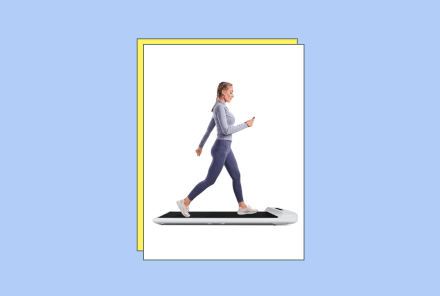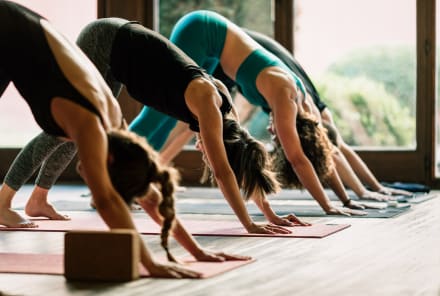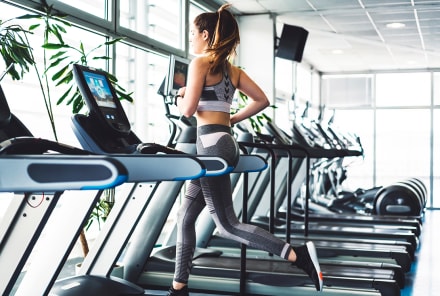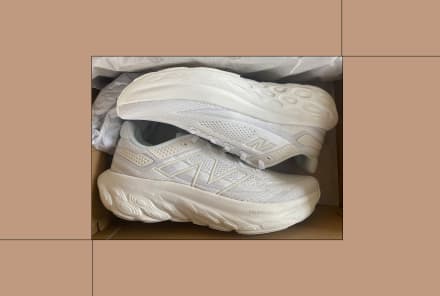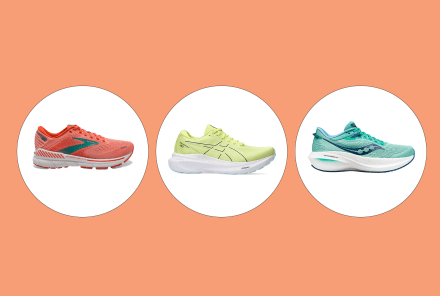Advertisement
3 Reasons To Add Low Impact Cardio Into Your Workout Routine

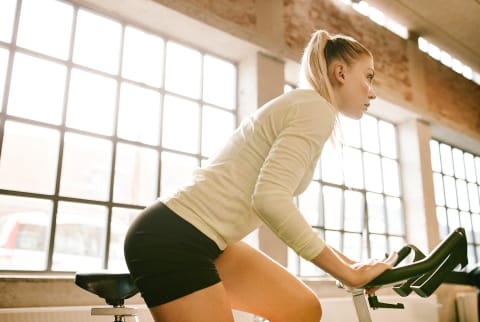
In a world of high intensity interval training, sometimes you need to decelerate to accelerate. Meaning, it’s good to slow down before you can move forward. This is where low impact cardiovascular exercise can be useful. Low impact cardio puts less stress on your body—particularly your knees and your lower back, where many people experience chronic pain.
To be clear: Low impact doesn’t mean your heart rate does not increase. Most, if not all, movement is going to get your heart rate up. Low impact just means that the exercises are easier on your muscles and joints. Some examples of low impact exercise include hiking, swimming, using an elliptical machine, outdoor or indoor biking, Pilates, etc.
Here are three reasons why you should consider working low impact cardio into your routine.
Low impact cardio can help you avoid injury.
It's no secret that the more intense your workout is, the more likely you are to get injured. That's not to say that you shouldn't do intense workouts—when done safely, they can be super effective! But the fact is, low impact cardio puts less stress on your joints and muscles, while also allowing you to get a great workout in. Think about the last spin class you were in: Was it hard? Yeah, probably. The difference is that on a spin bike, your knees aren't pounding against the ground like they are when you do a higher impact exercise like running. Low impact cardiovascular exercise also tends to cause less inflammation in your body (because you aren't doing as much damage to your muscles), which means you can tackle your next hardcore workout without injury.
Low impact cardio can boost your metabolism.
We've been taught to think that HIIT is the only way to boost our metabolism—but it's not. You can indeed still boost your metabolism by doing low impact cardio1. Your heart rate still increases during low impact workouts, your muscles are still working hard, and you're still expending energy and calories to make it happen. Not to mention, doing more difficult workouts all the time can leave the body feeling fatigued or sore. If you work low impact workouts into your routine, you reap the benefits of exercising often without constantly putting stress on your body—so you'll be able to do those intense workouts at an even higher intensity, which will boost your metabolism even more.
Low impact cardio can improve your flexibility.
While some low impact workouts can be intense (spinning, hiking, etc.), flexibility-based exercises like stretching also fall under into this category. Contrary to belief, stretching can still be a workout. Any type of mobility exercise will help with your flexibility, which will help you move more efficiently in other workout modalities. We tend to overlook stretching and mobility, but in reality, they're some of the most effective tools we have in our box for improving overall strength and flexibility.
So, when should you do low impact workouts? It depends on your body! I usually tell clients that they should get a good low impact workout in once a week to help with their muscle recovery. They're best to incorporate before or after a rest day! Remember, low impact workouts should be used in conjunction with your other workouts—mixing up your routine will keep your body guessing, and that's the best way to hit your fitness goals and keep you in tip-top health.
Watch Next
Enjoy some of our favorite clips from classes
Enjoy some of our favorite clips from classes
What Is Meditation?
Mindfulness/Spirituality | Light Watkins
Box Breathing
Mindfulness/Spirituality | Gwen Dittmar
What Breathwork Can Address
Mindfulness/Spirituality | Gwen Dittmar
The 8 Limbs of Yoga - What is Asana?
Yoga | Caley Alyssa
Two Standing Postures to Open Up Tight Hips
Yoga | Caley Alyssa
How Plants Can Optimize Athletic Performance
Nutrition | Rich Roll
What to Eat Before a Workout
Nutrition | Rich Roll
How Ayurveda Helps Us Navigate Modern Life
Nutrition | Sahara Rose
Messages About Love & Relationships
Love & Relationships | Esther Perel
Love Languages
Love & Relationships | Esther Perel




